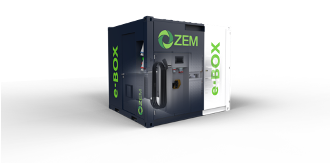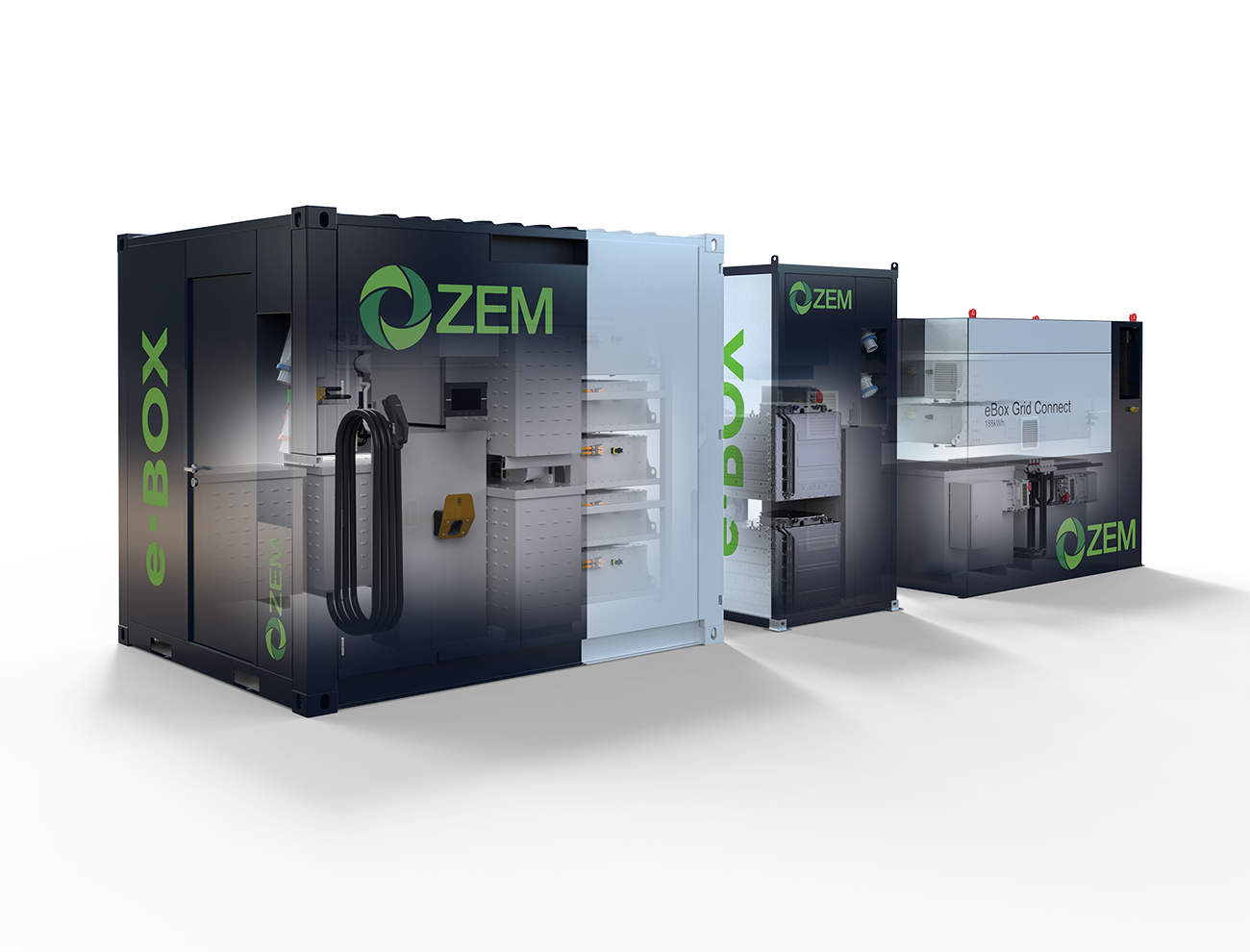Electrical energy storage and Grid systems
Powerbank for peak shaving and fast charging applications. Ideal for Aquaculture feed barges and construction sites.
Land based system and Marine based
All designed to DNV Marine requirements for safety
Battery agnostics
Flatpack and Cubic
Iron and Nickel based chemistries (use dependent)
Energy content from 188 kWh to 1500 MWh
Approval DNV or CE
Fully integrated and standalone - retrofittable
Our EES and Grid Systems
Name/function
EBOX
CCS charger
Direct DC
Power DC
V
ESS Powerbank
V
Powering hotel load
-
AC Power boost
-
Frequency Conv. 50 – 60HZ
-
-
180 kWh
Energy
50 kW (230 V)
87 kW (400 V)
OUTPUT
Power AC
Power DC
INPUT
Power AC
EBOX +
V
V
V
V
-
-
188 kWh
130 kW (400 V)
-
130 kW (400 V)
-
3.8 tons
(L,W,H): 2500, 1000, 2100 mm
-
50 kW(230 V)
87 kW (400 V)
-
2.5 tons
(L,W,H): 1200, 1000, 2500 mm
Weight/Dim
EBOX MAX +
V
V
V
-
V
-
< 3 MW
Up to 3 MW
Up to 200 kW
Up to 2 MW
20 tons
(L,W,H): 6058, 2438, 2591 mm
EBOX MAX
V
V
-
-
V
V
Up to 300 kW
87 kW (400 V)
Up to 300 kW
7.5 tons
(L,W,H): 2991, 2438, 2591 mm
540 kWh
50 kW (230 V)
87 kW (400 V)
ZEM eBox – A Smart Retrofit Battery Solution for Workboats
The ZEM eBox is an innovative battery solution designed to transform diesel-powered workboats into efficient electric hybrids. By reducing engine idling, fuel consumption, and CO₂ emissions, the eBox provides a cost-effective and sustainable upgrade for maritime operations.
Key Features
DNV Type-Approved: Ensuring safety and compliance for marine installations.
Plug-and-Play Retrofit: Easily integrates with existing diesel engines to enable hybrid operation.
Scalable Energy Storage: Available in 90 kWh and 180 kWh configurations, with the option to install multiple units for additional capacity.
Outdoor-Ready Design: Engineered for robust, deck-mounted installation.
Reduced Environmental Impact: Cuts CO₂ emissions by up to 100 tons per year per workboat.
Lower Fuel Costs: Saves between 20,000 – 40,000 liters of diesel annually.
Improved Work Environment: Reduces exhaust, noise, and vibrations for a cleaner and more comfortable workplace.





